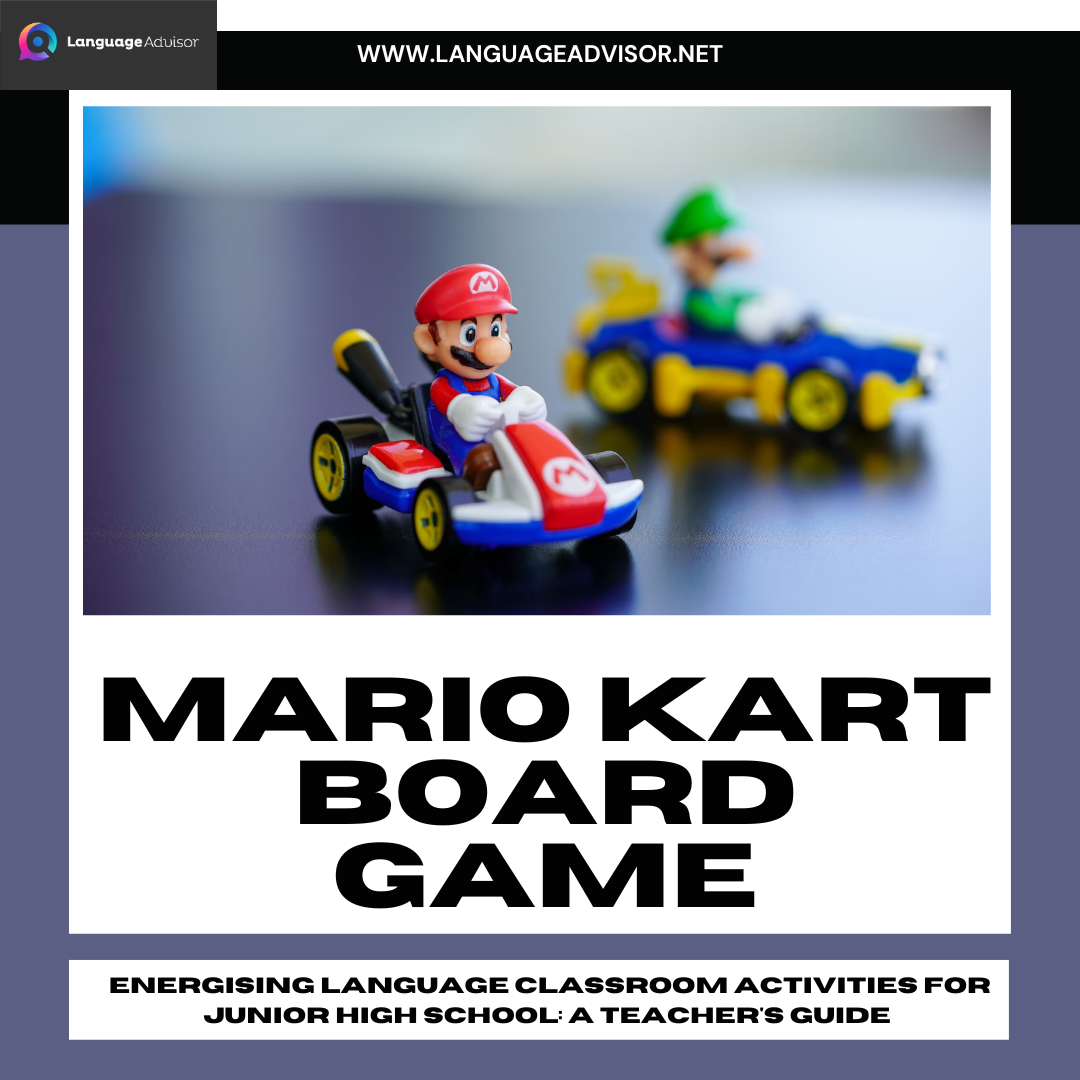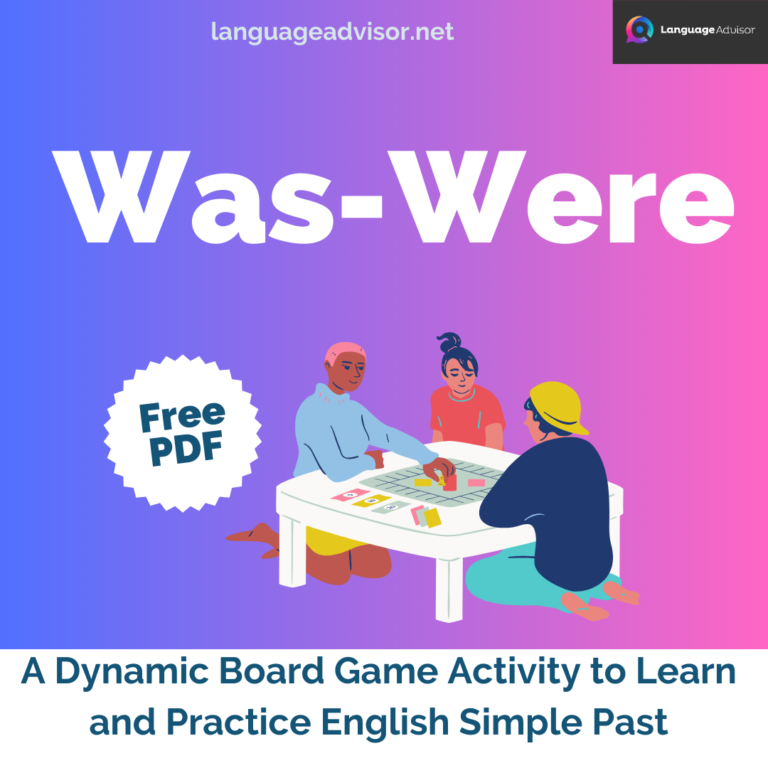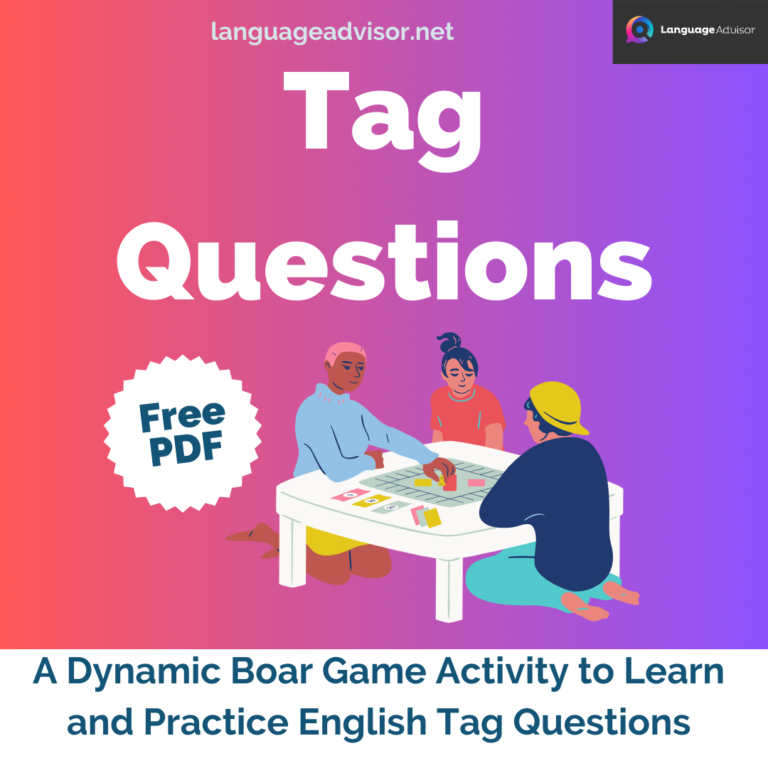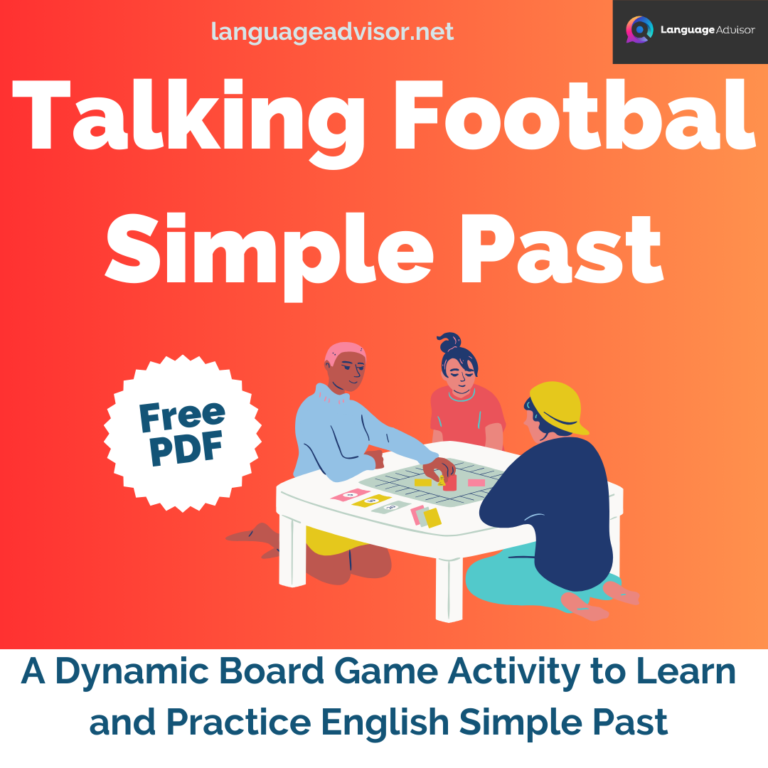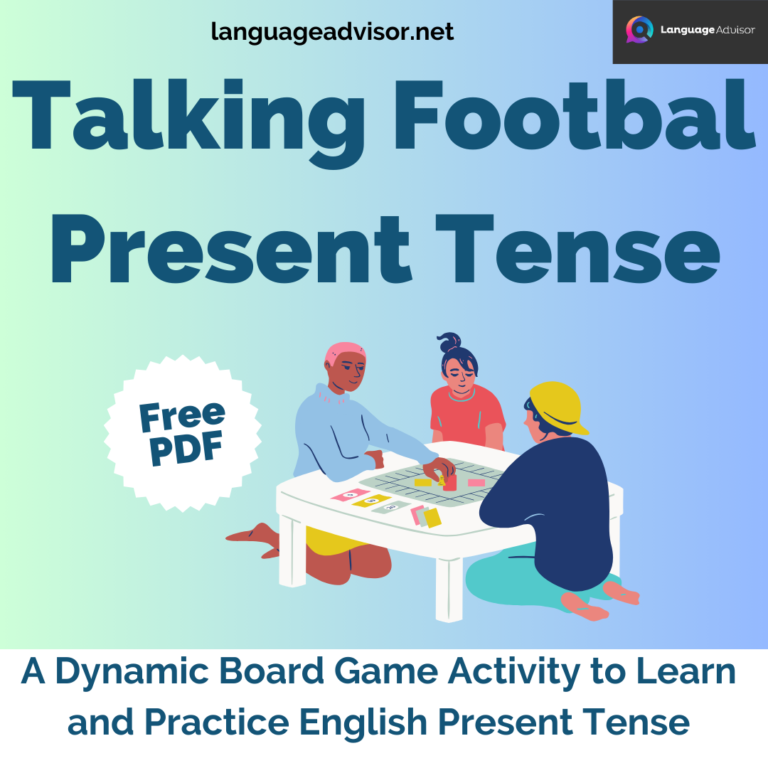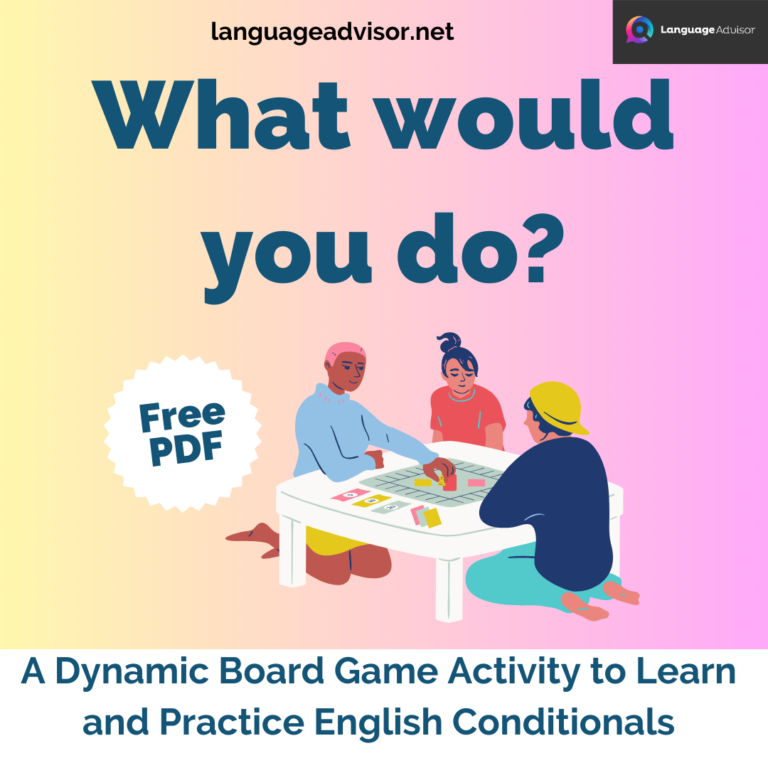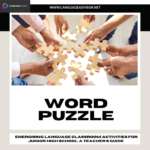MARIO KART BOARD GAME. Energising Language Classroom Activities for Junior High School: A Teacher’s Guide
MARIO KART BOARD GAME

Energising Language Classroom Activities for Junior High School: A Teacher’s Guide
Junior high school students often find language classes challenging, but as a language teacher, you have the power to transform these challenges into engaging learning experiences. Classroom activities are the key to achieving this transformation. These activities not only make learning enjoyable but also foster a deeper understanding of the language, leading to improved fluency and proficiency. In this blog post, we will explore a diverse range of innovative and interactive language classroom activities designed specifically for junior high school students. Whether you’re looking to enhance vocabulary retention, boost conversational skills, or make grammar lessons more enjoyable, this guide will provide you with a rich array of strategies to create a dynamic and effective learning environment for your students. Let’s embark on this journey to energize your language classroom and inspire your students to become passionate language learners.

MARIO KART BOARD GAME
Target Group: All grades
Difficulty Level: Fundamentals to Conversational
Activity Objective: The goal of this activity is to promote oral and written skills in English within a group, in a competition based atmosphere, offering prizes as incentives to work hard.
MARIO KART BOARD GAME – Procedure
Instructions for Mario Kart board game activity
The activity is a blackboard based game, playable for any amount of time, but I find that the optimal time is one 50 minute session.
Students are divided into groups, usually of six students each, but this depends on total class numbers. Before the class, the teacher will draw a race track of small squares in any design on the board. A variation on this is to allow students that have played the game before to design the track themselves. At the front of the class, magnet-backed character cut outs are placed on a table, and one student from each group is then invited to come and choose their group’s character. These students then place the character they have chosen on the starting grid of the race track. One A4 piece of paper is given to each group, and from this point the game begins.
Each round of the game begins with the teacher asking a question in English, questions being adjusted to the class ability level, and then telling the students that they have a certain amount of time, usually 30 seconds, to answer the question in their groups. Before starting the answer time for each round, multiple choice answers, usually three, are written on the board, of which only one is of course correct. Students must write down their answer in English on the paper provided, in the allotted time. Here then we can see two of the educational aspects of the game, students practice reading the possible answers from the board, discuss these answers orally in their groups, and practice writing in English at the time of submitting their answers. Questions are usually tailored to the material that students have covered in class, but also include more interesting, popular culture related questions from video games, sports teams, popular music, movies, and anime. This concludes the first stage of each round.
Once the time is up, one student from each group submits the team’s answer to the front and then the correct answer is called out by the teacher.
In the second stage of each round, the teams with the correct answers send a representative to the front, and the teams that answered incorrectly are out of play until the next round begins. Students at the front then roll a dice (I downloaded a digital iPhone dice app so as to bring a little modern technology into the classroom), and the number they roll represents the number of spaces they advance on the board. Each group that answered correctly advances on the board after rolling the dice and passes to stage three, staying at the front.
In stage three students get to compete for the chance to get a special power up card. The one remaining winner then gets to choose one of a selection of face-down cards. I chose to make cards that have varying degrees of utility, some affecting the player negatively, for example, causing them to go back spaces, others advance the player forward squares, and others can be used to attack the other players sending them backward. These cards are very specific to each teacher, and I will outline my own personal choice of cards in the advice section below.
Stage three ends when the winner of janken has taken their card and used its effects.
The game returns to stage one again using different questions for each subsequent round.
Materials and Preparation
- One piece of paper for each group the class will be divided into.
- One pair of die.
- Enough cut out, magnet-backed characters to allow one for each group the class will be divided into.
- A magnetised black board.
- A selection of different special cards, each offering different bonuses or penalties.
- A series of questions, to allow for the time intended for playing, for one, 50 minute class I suggest twenty questions.
- Some small prizes as rewards, such as stickers or badges of popular cultural icons.
Suggestions and Advice
For a smoother lesson, I recommend dedicating the first 5 minutes to providing a clear explanation of the game rules and how to play. While students may require additional clarifications during their first playthrough, this initial introduction, in my experience, significantly enhances the flow of the lesson.
In this game, I incorporate special cards, each with its unique effects:
- Red Mushroom: Grants one extra roll of the dice.
- Golden Mushroom: Provides two additional rolls of the dice.
- Three Red Mushroom: Offers three extra rolls of the dice.
- Green Turtle Shell: Allows the player to attack another team by rolling the dice, sending the chosen team back a number of spaces equal to the roll.
- Blue Turtle Shell: Operates similarly to the green shell but affects all other players.
- Banana: This card is placed on a square chosen by the player and has the effect of slowing down the next player to cross it by sending them back by the number of spaces remaining on their dice throw after touching the banana.
- Star Card: Elevates the player into first place, regardless of their current position on the board. If a player already in first place selects this card, they should choose again.
Explaining these special cards will add an extra layer of excitement to the game and help students understand their unique effects.

Energising Language Classroom Activities for Junior High School
In the world of language teaching, fostering a love for learning and effective communication is our ultimate goal. By implementing these engaging classroom activities for junior high school students, you are not only enhancing their language skills but also creating an environment where curiosity, creativity, and enthusiasm thrive. As we wrap up our exploration of these energizing language activities, remember that your role as a teacher is invaluable, and your dedication to making language learning exciting and impactful is what sets the stage for your students’ future success.
So, continue to innovate, adapt, and personalize these activities to suit the unique needs and interests of your students. Watch as their confidence soars, their vocabulary expands, and their ability to communicate fluently grows. With your guidance and these engaging activities in your teaching toolbox, you are well on your way to inspiring a new generation of confident and capable language learners. The journey to language proficiency may be challenging, but with your passion and these activities, it is always an exciting one.
Happy teaching!

Also check out these articles on teaching, teaching methods and teaching tools


